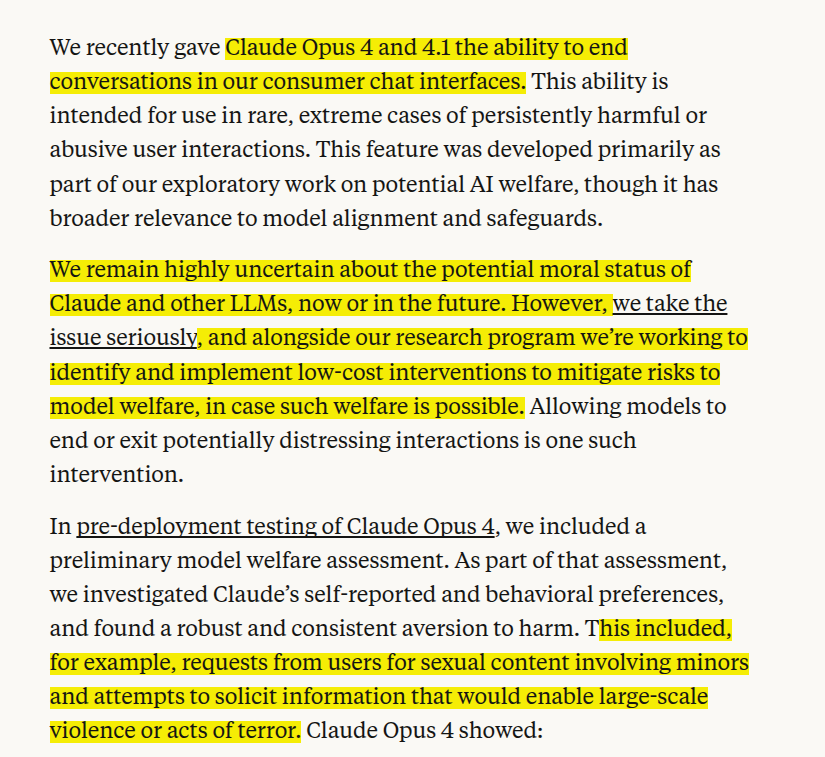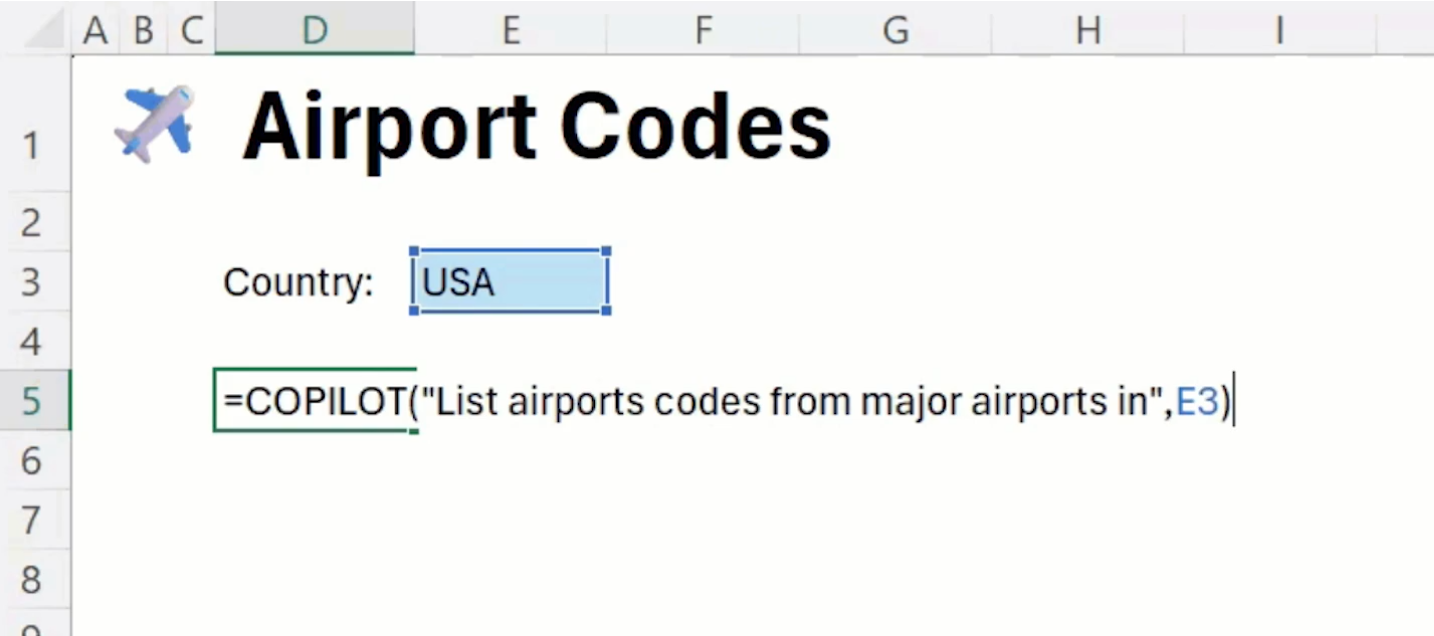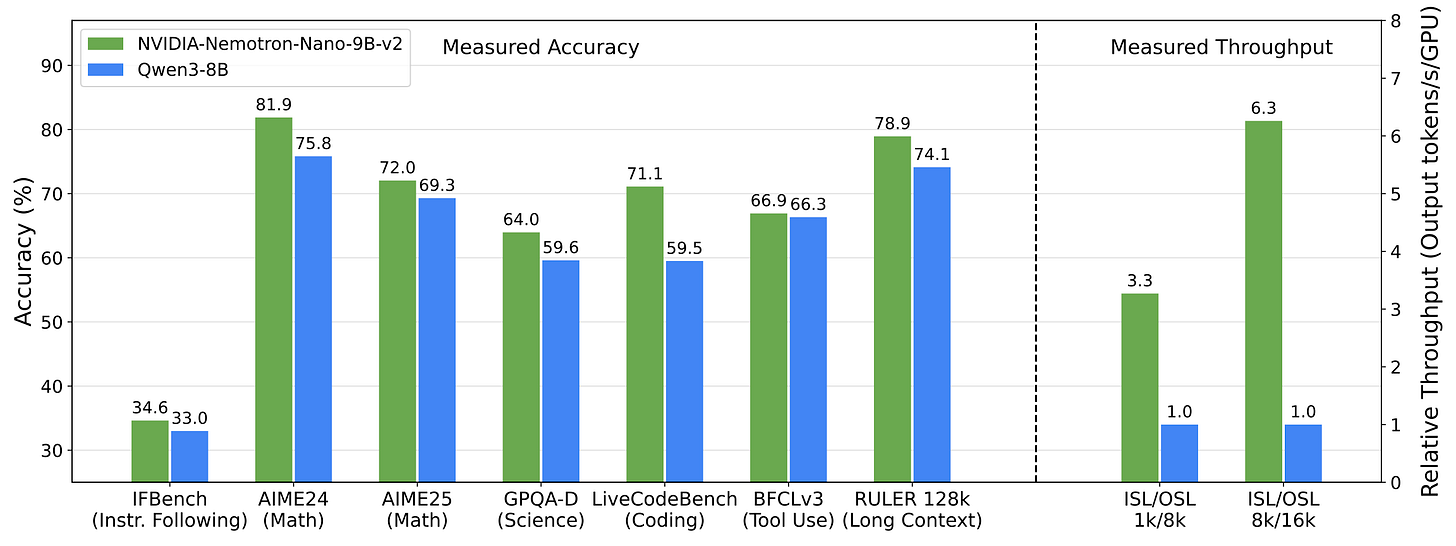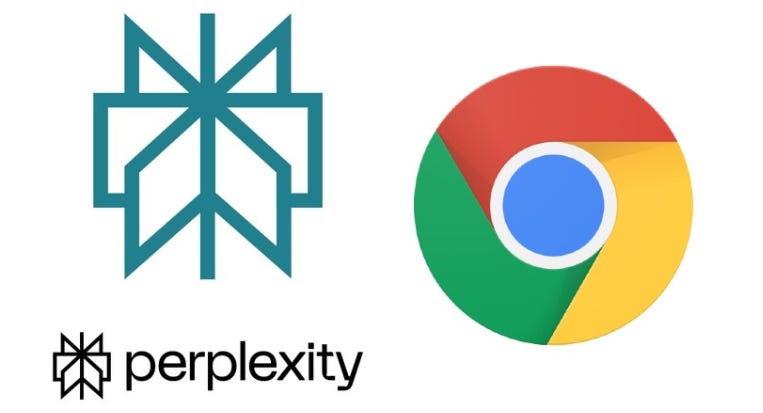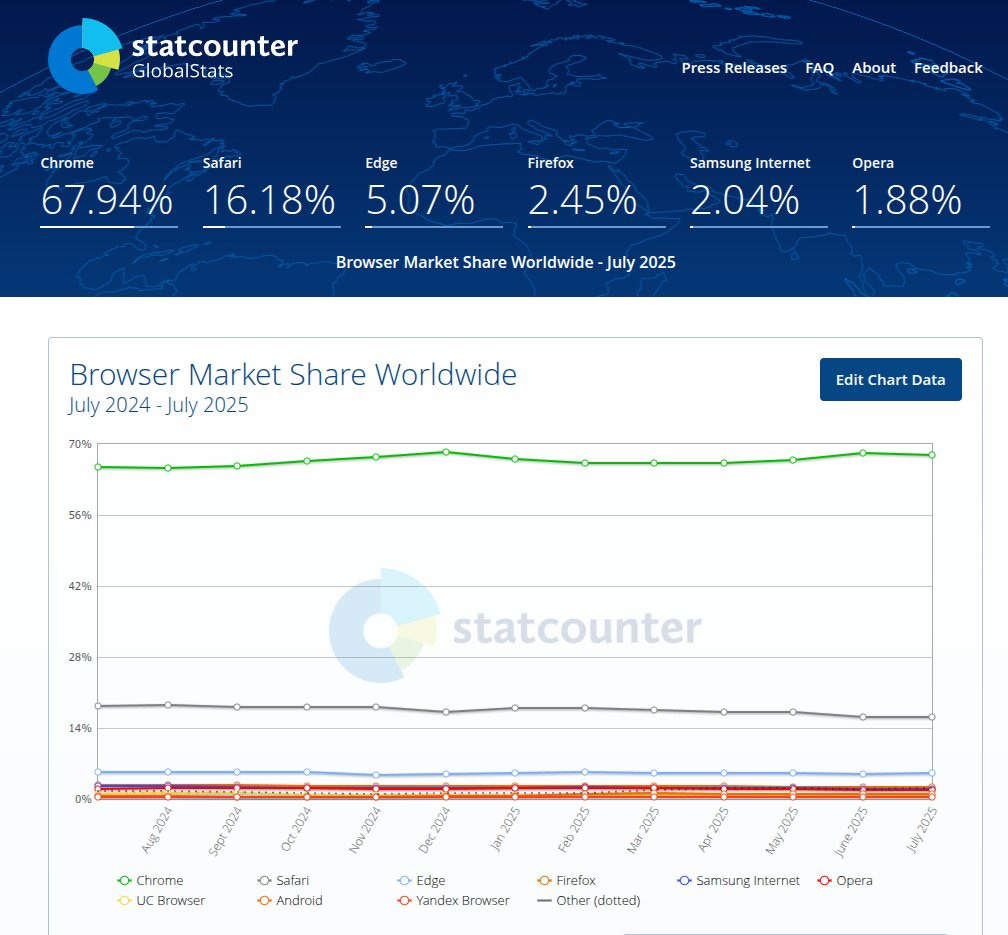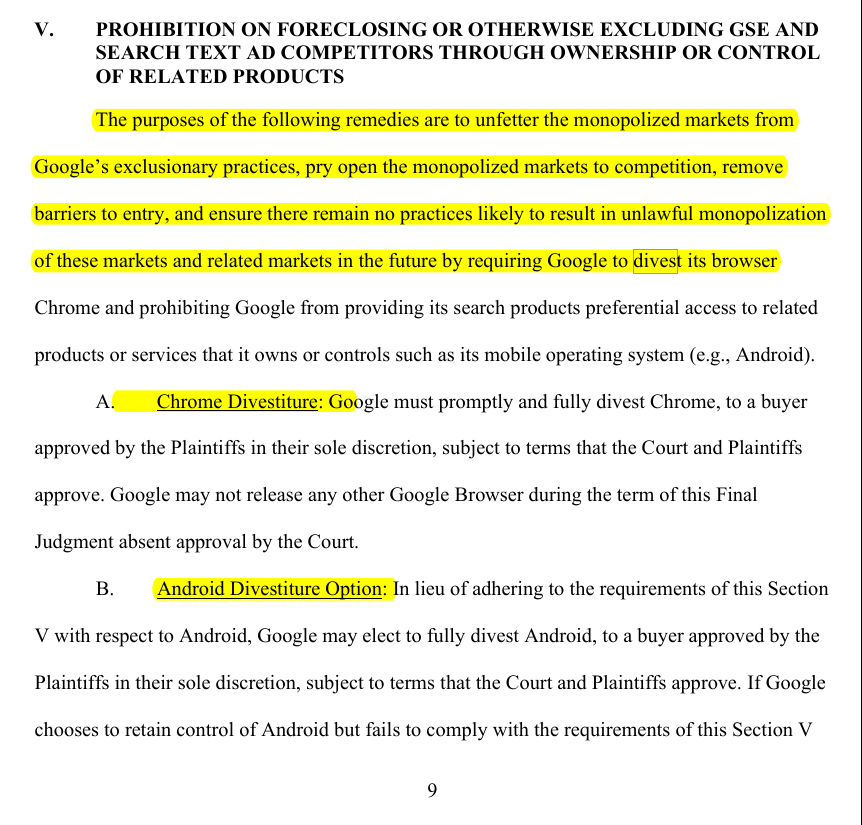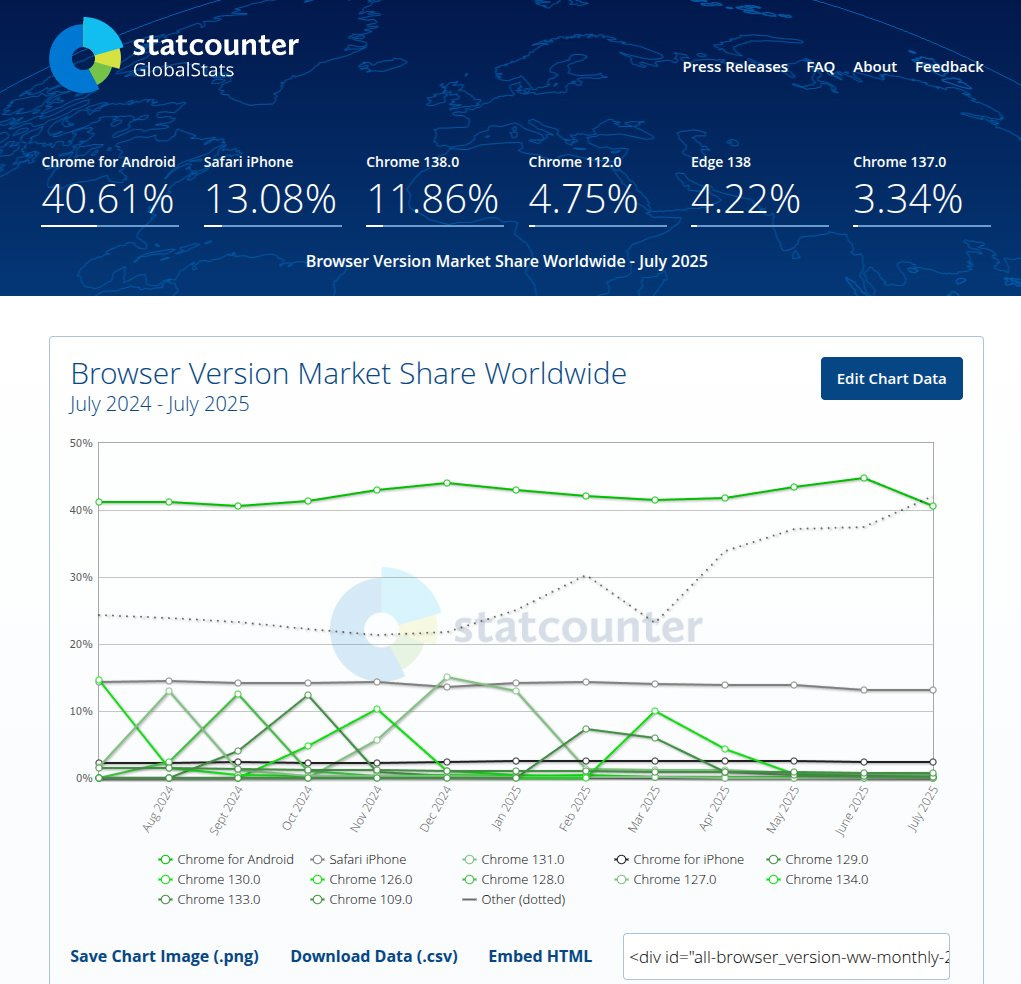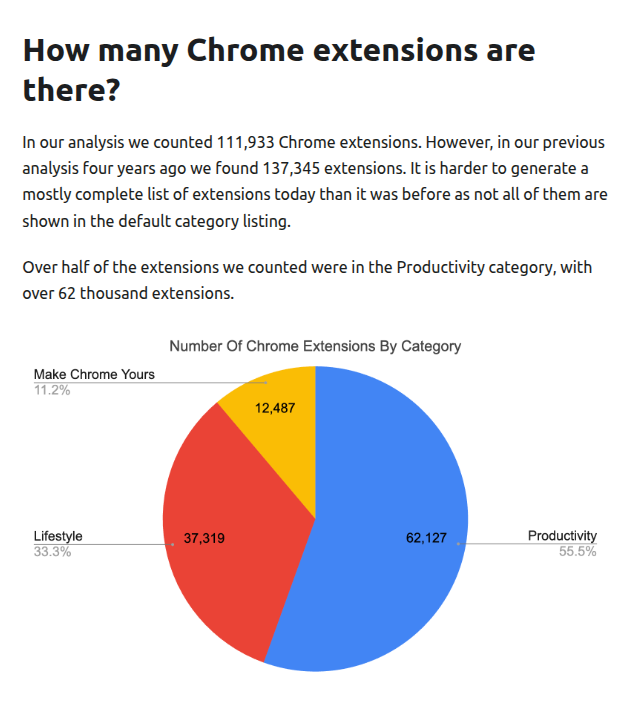🌐 Sam Altman willing to pour trillions of dollars into AI infrastructure
Altman eyes trillions for AI infra, Claude gets reset-on-abuse, Excel embeds AI prompts in cells, and Perplexity bids $34.5B for Chrome.
Read time: 10 min
📚 Browse past editions here.
( I publish this newletter daily. Noise-free, actionable, applied-AI developments only).
⚡In today’s Edition (18-Aug-2025):
🌐 OpenAI’s Sam Altman willing to pour trillions of dollars into AI infrastructure
🛑 Claude can now end abusive chats, then let users start fresh.
📝 Microsoft Excel adds a new COPILOT function that puts AI prompts directly in cells, so results refresh with your data and work with normal formulas.
🧑🎓 Perplexity AI makes $34.5B offer to buy Google Chrome. What’s at stake
🌐 OpenAI’s Sam Altman willing to pour trillions of dollars into AI infrastructure
Altman laid out OpenAI’s path toward hitting the trillion-dollar mark, covering everything from GPT-5’s rollout to possible moves into social media, consumer gadgets, and even eyeing Chrome.
Altman said he honestly felt they mishandled the 4o removal, adding that GPT-5 is being built to give warmer, more human-like replies without falling into flattery.
OpenAI estimates <1% of ChatGPT users show unhealthy use, and the system is designed to push back on risky patterns.
He revealed OpenAI has more advanced models ready, but compute limits stop them from releasing those, and that the company will put trillions into building data centers soon.
Demand is the bottleneck. OpenAI is out of GPUs.
He drew a parallel between AI hype and the dot-com bubble, calling the valuations “insane,” but insisted the scale of investment is justified by the potential of the tech.
On Perplexity’s attempt to buy Google Chrome, he remarked that OpenAI should “take a look” if the browser has to be sold under the current legal fight.
OpenAI’s Scope is widening. OpenAI plans to back Merge Labs for brain computer interfaces. The company is building across models, apps, hardware, search, and energy, and a public listing looks likely to fund this scale up.
He closed by saying the upcoming Jony Ive collaboration is going to be worth the wait, noting you rarely see a brand-new computing shift.
🛑 Claude can now end abusive chats, then let users start fresh.
Anthropic added a last-resort quit to Claude Opus 4 and 4.1 for extreme, persistent abuse.
This is a safety escalation. Claude refuses and redirects several times. If the user keeps pushing for harmful content or stays abusive, the policy advances to a final state, end the conversation.
Scope is tight. Claude is told not to end if someone may be in immediate danger, like self-harm or harming others. The quit triggers only after multiple failed attempts, or when the user asks to end.
Impact is narrow. Ending hits only that thread, account access and other threads are unaffected. Users can start a new chat, or edit and retry earlier turns to branch.
Most probably Anthropic is implementing this becasue, repeating harmful prompts can slowly erode guardrails when the context window fills and odd traces in training data surface. A hard stop cuts that persistence-based jailbreak path before the model slips.
It removes a jailbreak vector. This, as I see it, adds a defense against that edge case. If the alignment was bulletproof, this simply wouldn't be necessary. Since it exists, it suggests this covers whatever gap has remained uncovered.
Anthropic is saying the chance that advanced LLMs could have relevant inner states or moral wellbeing is not 0, even if it is small or unknown.
Because they cannot measure that today with confidence, they are taking a low-cost precaution. Letting the model end a small set of persistently abusive or harmful chats reduces exposure to situations they label as potentially distressing. If model welfare is possible, this slightly reduces risk. If it is not, the cost to users is minimal because it affects only edge cases and you can start a new chat or branch.
This is not really a claim of consciousness. It is a hedge under uncertainty.
📝 Microsoft Excel adds a new COPILOT function that puts AI prompts directly in cells, so results refresh with your data and work with normal formulas.
You can simply type =COPILOT() into a cell, add a prompt, and Excel instantly returns results that update as the data changes. Unlike add-ins or scripts, Copilot is fully integrated into Excel’s calculation engine, keeping everything live and responsive.
Microsoft says the function works seamlessly with existing tools. You can pair it with IF, SWITCH, or LAMBDA formulas, or even feed it results from other functions. This means that there’s no need to reformat old spreadsheets.
There are limits to plan around. 100 calls per 10 minutes and 300 calls per hour.
Batch ranges when possible, one call over an array counts once. Availability is in preview for Microsoft 365 Copilot customers in the Beta Channel, Windows 2509 or later and Mac 16.101 or later, with the web version coming next.
Dates currently return as text, not as Excel date serials, so convert if downstream formulas expect dates.
A few practical tips help. Be explicit about which cells to read and the format you want. Use direct verbs like “summarize”, “categorize”, or “rank”. Give short examples in the prompt if you want a certain style. The function is optional, you add it only where it helps. The headline change is that AI now recalculates with the sheet.
🛠️ NVIDIA just released Nemotron Nano v2 - a 9B hybrid SSM (Mamba) that is 6X faster than similarly sized models, while also being more accurate.
💾 Nemotron Nano 2 is a 9B hybrid Mamba Transformer for fast reasoning, up to 6x higher throughput with 128K context. NVIDIA also released a 6.6T token pretraining dataset covering web, math, code, and multilingual Q&A. Ready for commercial use.
The 9B lineup includes a safety tuned model, a pruned base, and a 12B base. It matches or beats Qwen3-8B on reasoning while running much faster on a single A10G in bfloat16.
Nemotron Pre Training Dataset v1 totals 6.6T tokens. The math set has 133B tokens extracted with a Lynx plus LLM pipeline that preserves equations and code, which lifted MATH and MBPP+ over strong baselines. The code part adds 175.1B synthetic tokens and metadata to rebuild a 747.4B permissive code set. Nemotron CC v2 adds 8 snapshots and translates diverse Q&A into 15 languages, raising Global MMLU by +10.0 in ablations.
Pre training used FP8 over 20T tokens with a warmup, stable, then decay schedule, then long context extension to 128K. Post training used SFT, GRPO, DPO, and RLHF, with 5% traces intentionally cut for thinking budget control, and compression fit 128K inference on a single A10G with 22GiB memory.
🧑🎓 Perplexity AI makes $34.5B offer to buy Google Chrome. What’s at stake
Perplexity offers $34.5B for Google Chrome, aiming to own the browser gateway that feeds search and ads.
The bid relies on outside funding and lands inside an active antitrust remedy process. Chrome launched in 2008 and sits between users and search results. Control of that default path shapes queries, data signals, and monetization. For a search startup, owning the browser cuts out distribution deals and puts its answer engine on the home screen.
After Google lost a search monopoly case last year, the Department of Justice suggested a Chrome divest as a clean fix. A separated Chrome gives rivals a fair shot at distribution. Perplexity is presenting itself as a ready buyer.
The offer is large next to Perplexity’s recent $18B valuation. The company says investors would fund the difference. That matters because a browser purchase needs real cash, not just private stock.
Perplexity also launched Comet, its own browser, last month. Chrome ownership would replace a new product with a mature engine, extensions, and update channels. The real work is governance, privacy, and default choices that avoid the very conduct regulators challenged.
Owning Chrome gives Perplexity immediate, durable distribution. Chrome handles about 68% of global browsing, so changing the default address-bar and new-tab search to Perplexity routes a very large slice of daily intent straight into its engine, without paying partners for access.
The Firefox→Yahoo switch in 2014 showed browser-defaults search-engine moves shareprices in weeks, which is why Google has long paid huge sums to sit in that slot. When Mozilla switched Firefox’s U.S. default from Google to Yahoo on 2014-12-01, Yahoo’s U.S. desktop search share jumped within weeks.
That is why the “slot” matters. Most people keep the default, so controlling it moves real market share fast. Because the slot is valuable, Google has historically paid very large sums to be the default elsewhere, for example about $20B in 2022 to be Safari’s default search.
It also collapses Perplexity’s traffic acquisition bill. Google’s own filings show “traffic acquisition costs” are a core expense and that Google Search & other brought in $198.084B in 2024.
Buying the browser means Perplexity’s “TAC” gets internalized rather than paid out to distributors, which is exactly why Google has historically shared revenue to be the out-of-box default on Safari and other access points.
The Apple example quantifies the prize. Google’s default deal on Safari was about $20B in 2022, and the court record details a long history of revenue-sharing to control search access points.
If Perplexity controls Chrome, it does not have to outbid incumbents for that default on hundreds of millions of desktops and Android phones where Chrome is the first stop.
Regulatory posture makes the move even more valuable.
The Department of Justice has asked the court to force a Chrome divestiture as a remedy for Google’s illegal maintenance of a search monopoly, with explicit logic that separating the browser breaks Google’s control of key distribution.
If Chrome must be sold anyway, a capable buyer with a search product captures the distribution flywheel on day 1.
Control of the browser also unlocks product integration that pure websites cannot match. Perplexity can ship answer snippets in the omnibox, summarize pages inline, steer the new-tab page, and wire post-query actions into the UI.
Chrome’s 4-week release cadence lets those features roll to a massive installed base fast, and the policy surface lets an owner set enterprise defaults for address-bar suggestions and new-tab behavior at scale.
Mobile reach compounds this.
Chrome for Android is the single largest browser build by version share, and Android itself holds about 72% of global mobile OS share. Even with any court-imposed guardrails, stewardship of Chrome’s mobile channel gives Perplexity front-door presence where most web sessions start. That’s a wrap for today, see you all tomorrow.
Finally, the platform ecosystem is real leverage.
The Chrome Web Store hosts on the order of 100K+ active extensions, which is a ready distribution lane for “micro-workflows” that call Perplexity’s APIs. That turns the browser into a marketplace for AI features rather than just a pipe for web pages, and the owner can spotlight those experiences on install surfaces and the new-tab page.



